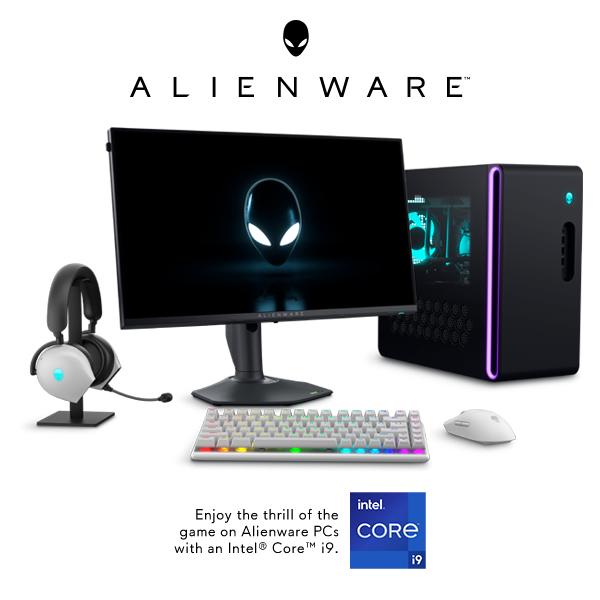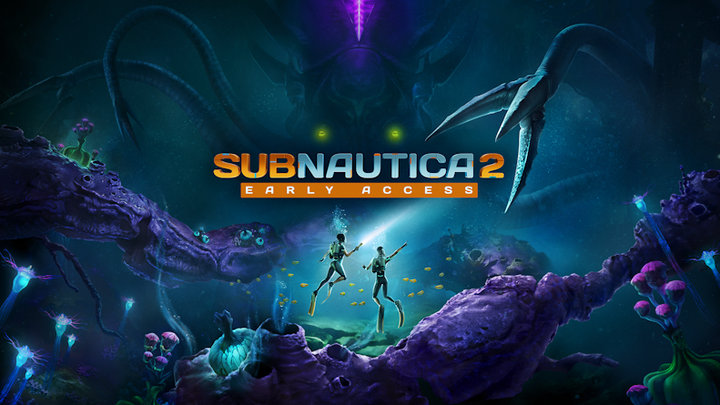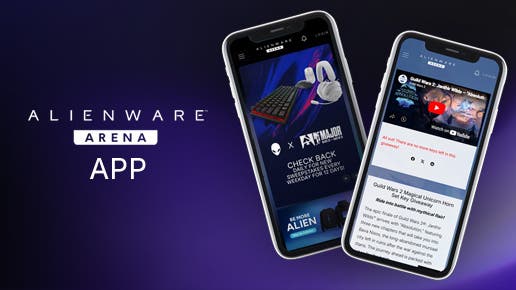Destiny 2 to use "hybrid" P2P/client-server networking for multiplayer

As we moved through the crowd of Guardians last week, many of you asked important questions about how Destiny 2's networking model will work. The technology we use to bring players together in the world of the game touches on so many crucial topics. We know that you’re curious about everything from how your shots land to the protective measures we’ll take to keep the community ecosystem safe. These topics deserve careful statements from the people who own the code, and a noisy aircraft hangar isn’t the best place to do them justice.
Now that the dust has settled and the ringing in our ears has started to subside, I sat down with Matt Segur, Engineering Lead on Destiny 2, to get some answers for you.
Matt: We've seen a lot of people asking about how the networking model works for Destiny 2. Many are concerned by our announcement last week that Destiny 2 doesn't have dedicated servers. While that’s useful shorthand, the full answer is more complex because Destiny has a unique networking model. Rest assured that we’re doing a lot of testing right now with players all around the world, and working hard to make sure that your experience is going to be smooth on launch day.
So why no dedicated servers?
Matt: Every activity in Destiny 2 is hosted by one of our servers. That means you will never again suffer a host migration during your Raid attempt or Trials match. This differs from Destiny 1, where these hosting duties were performed by player consoles and only script and mission logic ran in the data center. To understand the foundation on which we’re building, check out this Destiny 1 presentation from GDC. Using the terms from this talk, in Destiny 2, both the Mission Host and Physics Host will run in our data centers.
Wait, so we do have dedicated servers?
Matt: We don't use that term, because in the gaming community, “dedicated servers” refers to pure client-server networking models. Destiny 2 uses a hybrid of client-server and peer-to-peer technology, just like Destiny 1. The server is authoritative over how the game progresses, and each player is authoritative over their own movement and abilities. This allows us to give players the feeling of immediacy in all their moving and shooting – no matter where they live and no matter whom they choose to play with.
Why peer-to-peer? Are we trying to save money?
Matt: Nope! We've invested heavily in new server infrastructure for Destiny 2, including using cloud servers for gameplay for the first time. We really believe this is the best model for all of Destiny 2's varied cooperative and competitive experiences. Engineering will always involve tradeoffs and cost-benefit analysis, but as a team we’ve got no regrets about the unique technology we’ve built for Destiny 2.
With Destiny 2 coming out on PC, does peer-to-peer networking put players at risk of being cheated?
Matt: The PC platform poses unique security challenges for Destiny 2, but our security Ninjas have spent several years building a plan for how to engage with this new and vibrant community. We have a variety of top-secret strategies to ensure that the life of a cheater in Destiny 2 PC will be nasty, brutish, and short. And, regardless of what platform you play on, all changes to your persistent character are communicated directly to our secure data center with no peer-to-peer interference.
Does this mean I’ll never see a player warp around the map or shoot me through a wall again?
Matt: We think those controller-throwing lag-induced moments will be reduced for Destiny 2, but we can't promise they’ll be eliminated. Fundamentally, we are trying to strike a balance between three hard problems: (1) make the game feel responsive, (2) make the game accessible to players all over the world, and (3) make the game fair for all. We’ll continue to refine that balance as players engage with the Crucible in Destiny 2.
So what can we expect at launch?
Matt: We have a Beta coming up this summer that will be the first chance for players to get their hands on Destiny 2 and kick the tires on its networking. We have spent a bunch of time working on matchmaking, latency, and responsiveness, and we feel pretty good about it. As with everything we do, we'll be monitoring the situation after launch and reacting to the community's feedback.
To Matt’s final point, the real moment of truth and understanding will come when you get to play. That’s when you’ll know what we’ve built. When you tell us what sort of experience you’ve had, we’ll know too. This is our goal for the Destiny 2 Beta.













